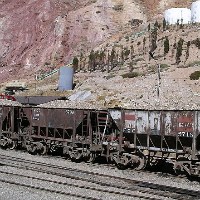This is the second in a two-part series on Peruvian politics. Part I examined the evolution of Peruvian politics since the Fujimori era and the challenging conditions for governance. Part II examines President Ollanta Humala’s government and discusses policy solutions to Peru’s political volatility and social upheaval.
Two years into a five-year term, the government of Peruvian President Ollanta Humala is already facing plummeting public approval. Despite Humala’s rhetorical commitment to social inclusion and justice, his government’s reaction to escalating protests against extractive industries has sparked concerns not only about his willingness to forge a consensus between local communities and international investors, but also about his seemingly weakening commitment to establish a predictable, just policy framework for disputes between them. The effect has been to leave the broader environment surrounding investment and community relations unresolved and unpredictable.
The government’s decision to crack down on protesters over the Newmont Corporation’s plans to expand activity in its gold mine, Conga, prompted the resignation of Vice Minister of the Environment Jose de Echave, Minister of Mines and Energy Carlos Herrera Descalzi and Environment Minister Ricardo Giesecke. Later, a narrow interpretation of the country’s “consulta previa” or prior consent laws—which require that indigenous communities be consulted when activities may affect their culture or rights—as applying only to indigenous groups in the north led both Minister of Cultural Affairs Luis Peirano Falconi and Sub-Minister for Cultural Affairs Ivan Kriss Lanegra Quispe to resign in protest. Clearly, consulta previa hasn’t been a management technique among Humala’s own team.

